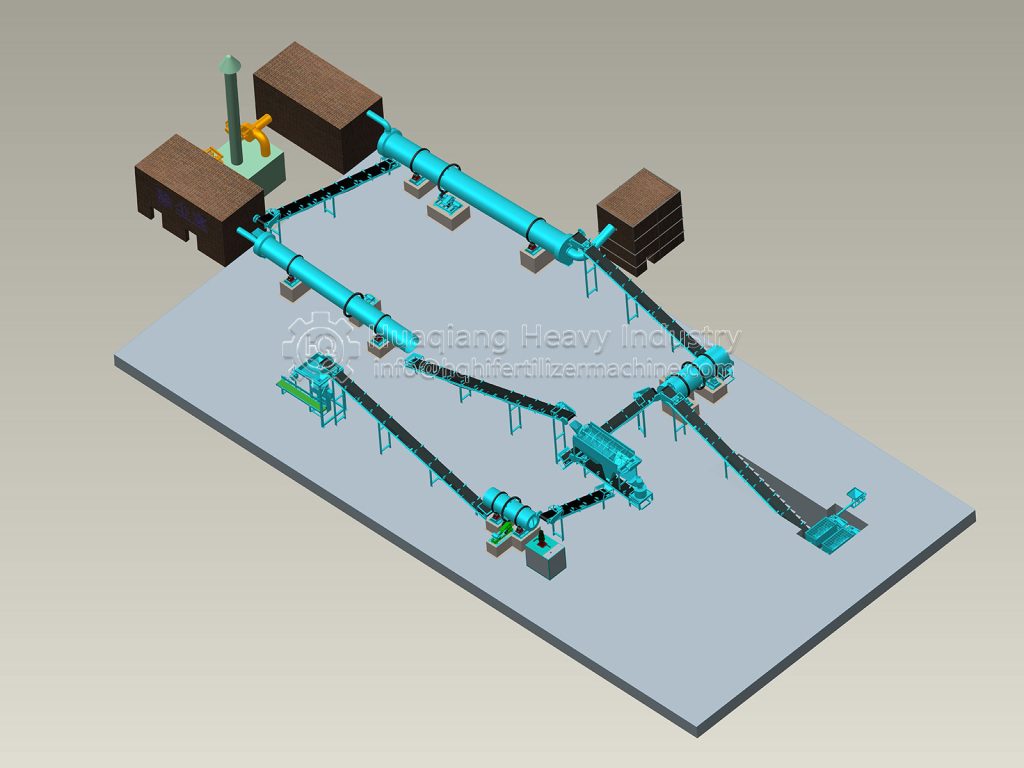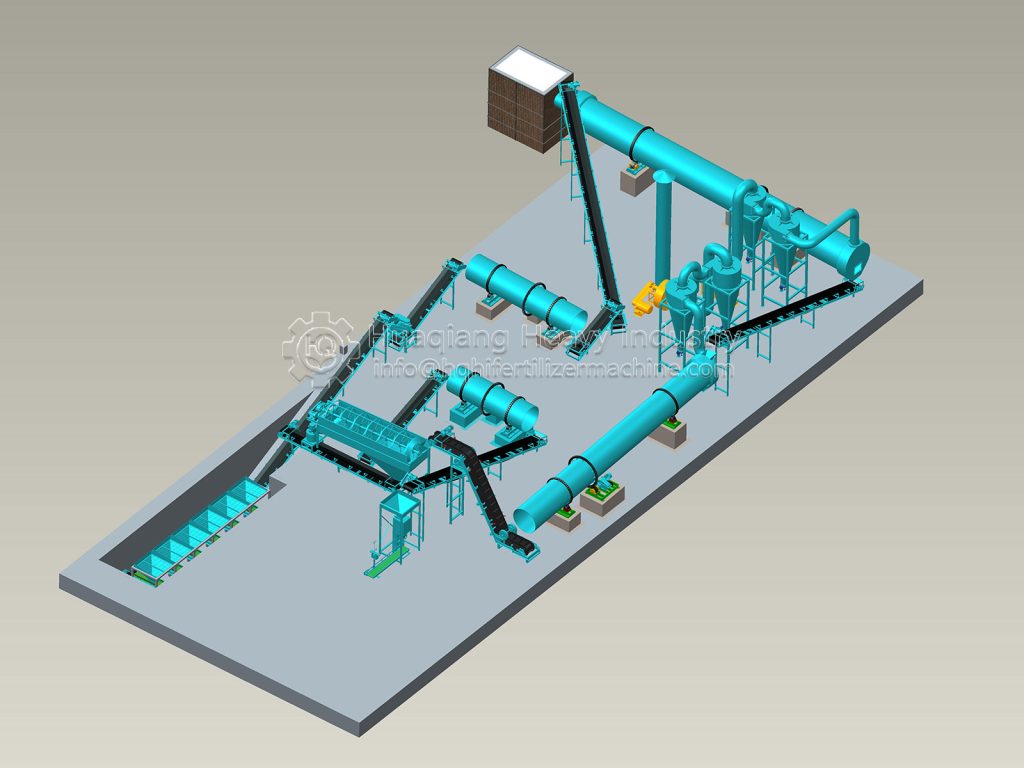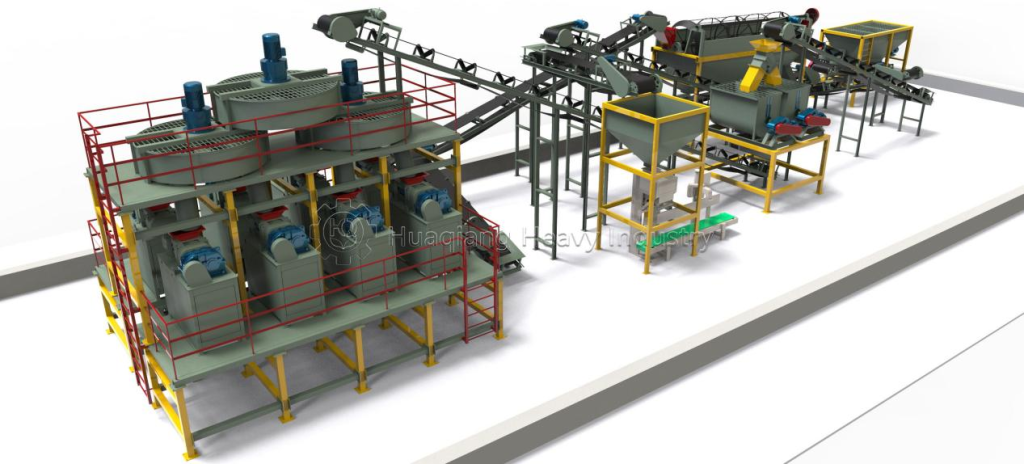The NPK fertilizer production line exhibits many significant features and advantages in fertilizer processing, with precise batching being one of its key highlights.

The line features a high-precision raw material metering system. Before production, a scientific formula is developed based on the varying nitrogen (N), phosphorus (P), and potassium (K) requirements of different crops at different growth stages. Subsequently, advanced electronic scales and flow controllers are used to precisely weigh the various nitrogen, phosphorus, and potassium-containing raw materials. Even trace amounts of additives can be added with pinpoint accuracy, minimizing errors.
Precise batching ensures a balanced supply of nutrients. Crop growth requires the synergistic effects of multiple nutrients, and the fertilizers produced by the NPK fertilizer production line perfectly meet this requirement. For example, during the seedling stage, an appropriate amount of nitrogen fertilizer promotes vigorous stem and leaf growth; during the flowering and fruiting stages, sufficient phosphorus and potassium promote flower bud differentiation and fruit enlargement. This precisely proportioned fertilizer acts like a nutrient package tailored to the crop, improving fertilizer utilization and avoiding waste caused by nutrient imbalances. In addition, precise mixing helps improve the quality of agricultural products. A reasonable nitrogen, phosphorus, and potassium ratio can enhance crop resistance to pests and diseases, reduce pesticide use, and improve fruit color, flavor, and sugar content, thereby enhancing the market competitiveness of agricultural products.
Furthermore, precisely mixed NPK fertilizer production lines offer significant flexibility, allowing for rapid adjustment of formulations based on regional soil fertility and crop characteristics. Suitable fertilizers can be produced for acidic and alkaline soils, grain crops, cash crops, and horticultural crops.
Precise mixing also plays a positive role in environmental protection, reducing soil compaction and eutrophication caused by excessive fertilizer nutrients. The precise mixing of fertilizers produced by NPK compound fertilizer production lines, with its scientific and efficient formulations, has injected strong momentum into the sustainable development of modern agriculture.

